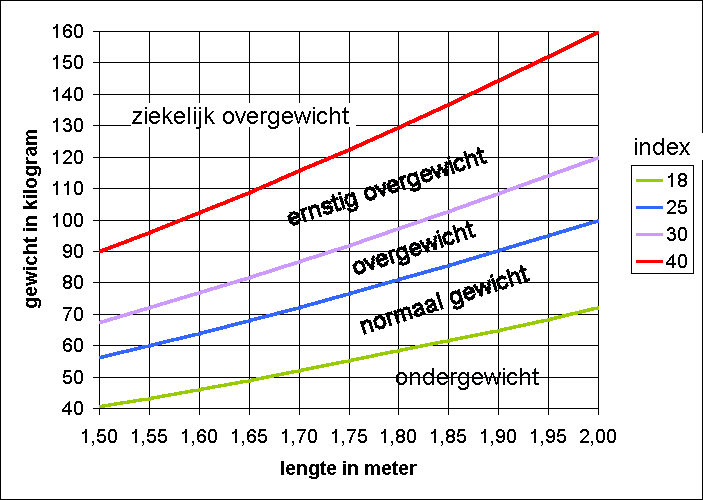The BMI Standard: Does This Calculating Formula Really Work?
Posted by Brad at situationalwellness.com
There is a common standard for determining weight in reference to height in mainstream medical science. This standard is known as the Body Mass Index(BMI) and it is the barometer for judging whether or not you’re weight is in balance with you’re height . But, is this an accurate determinate for reaching that conclusion?
A Historical Background Of How The BMI Evolved
Early in the 20th century when studies began to show a link between excessive weight and death doctors and insurance companies became obsessed with a method of calculating obesity. In 1972 a study was published called “Indices of Relative Weight and Obesity.” Shortly thereafter, the modern version of the BMI was born.

A simple equation known as the “Quetelet Index,” (a.k.a., weight divided by height, squared) was developed by Belgian statistician Adolphe Quetelet in the mid-1800s and was adopted into the BMI used today.
Could It Be That There Are Flaws In This Standard Of Measurement?
The BMI method fails to take into account some important factors such as, the underwater weighing test, which measures how much you weigh by how much water you displace, and the skin fold measurements, which calculates how much fat you have beneath your skin. Not to mention there is no muscle to fat calculating ratio.
It’s a fairly common known fact that muscle mass is heavier than fat mass so, this formula would mean that some of the most fit athletes in the world like football players are over weight.
Researchers presented data at the American College of Cardiology Annual Scientific Sessions in Chicago. These researchers scanned six people, all 5 feet 9 inches and 172 pounds. They were all considered “technically” overweight with a BMI of 25.4. These subjects had a variation of different body types. Some appeared fit some did not.
California mum Adrienne quit dieting four good and started lifting heavy weights, her body transformed yet her weight stayed the same. You can read her story here: Mum drops three dress sizes but only loses less than one kilo
Other factors this vague standard does not take into account in determining a healthy weight are, bone structure, waist circumference and family history. If you have a genealogical history of degenerative disease than that would be a more viable way of getting a true perspective on your health.
The biggest problem (i would submit) is that the BMI does not take into consideration the individual. It’s one size fits all method that does not fit with simple logic via the fact are so many variables unaccounted for.
Resources:
Featured image attribution By: Created by User:InvictaHOG using gnuplot and Adobe Illustrator 9/23/06, released into public domain – Created by User:InvictaHOG, Public Domain, https://commons.wikimedia.org/w/index.php?curid=1208092
http://www.menshealth.com/weight-loss/truth-about-bmi
http://www.womenshealthmag.com/health/the-truth-about-your-bmi
https://www.soul-cycle.com/community/soulwellness/the-truth-about-bmi/1282/
NICE SITE KEEP ON POSTING
Thank you